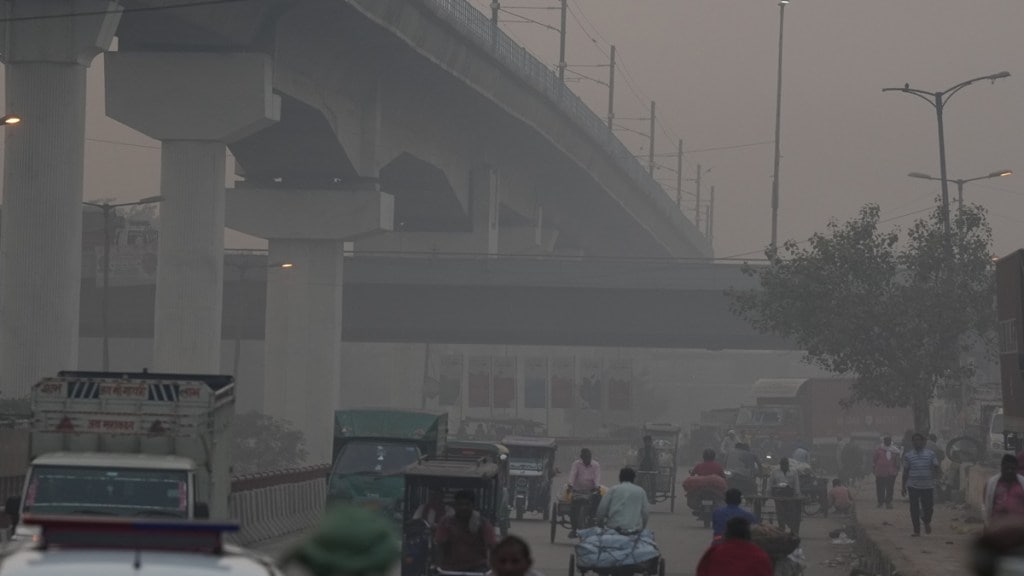The overall air quality in the national capital saw a slight decrease on Tuesday morning, following five consecutive days of severe air quality.The AQI in the national capital stood at 394 (very poor), a minor improvement from the 421 recorded the previous day at 4 pm.
Despite this marginal dip, the concentration of PM2.5 – fine particulate matter known for its ability to penetrate deep into the respiratory system and cause health issues – exceeded the government-prescribed safe limit of 60 micrograms per cubic meter by seven to eight times. It was also significantly higher than the healthy limit of 15 micrograms per cubic meter set by the World Health Organization (WHO).
Also Read:Chhattisgarh elections 2023 Live Updates
Several cities in neighboring Haryana, Rajasthan, and Uttar Pradesh also reported hazardous air quality, with AQI value in Ghaziabad being recorded at 338, in Gurugram at 364, in Noida at 348, in Greater Noida at 439, and in Faridabad at 382, PTI reported.
In response to the deteriorating air quality, the Delhi government reinstated its odd-even scheme, allowing cars to operate on alternate days based on their number plates. The Energy Policy Institute at the University of Chicago and Evidence for Policy Design had previously found that the odd-even system led to a reduction in PM2.5 levels during its enforcement in 2016.
Also Read:Mizoram elections 2023 Live Updates
To safeguard the health of schoolchildren, the government suspended in-person classes in all schools except for students in Class 10 and 12 preparing for board exams until November 10.
The Ministry of Earth Sciences’ Air Quality Early Warning System for Delhi-NCR predicted severe air quality for the region for another five to six days. Breathing the current polluted air in Delhi is said to be equivalent to the harmful effects of smoking around 10 cigarettes a day, according to medical experts.
Delhi government has also implemented stringent restrictions under the Graded Response Action Plan (GRAP) Stage IV, including a ban on construction work and the entry of polluting trucks into the city. Unfavourable meteorological conditions, combined with vehicular emissions, paddy straw burning, firecrackers, and other local pollution sources, contribute to hazardous air quality levels in Delhi-NCR during the winter every year.
A Delhi Pollution Control Committee (DPCC) analysis indicates that the capital experiences peak pollution from November 1 to November 15 when the number of stubble-burning incidents in Punjab and Haryana increases.
(With PTI Inputs)

